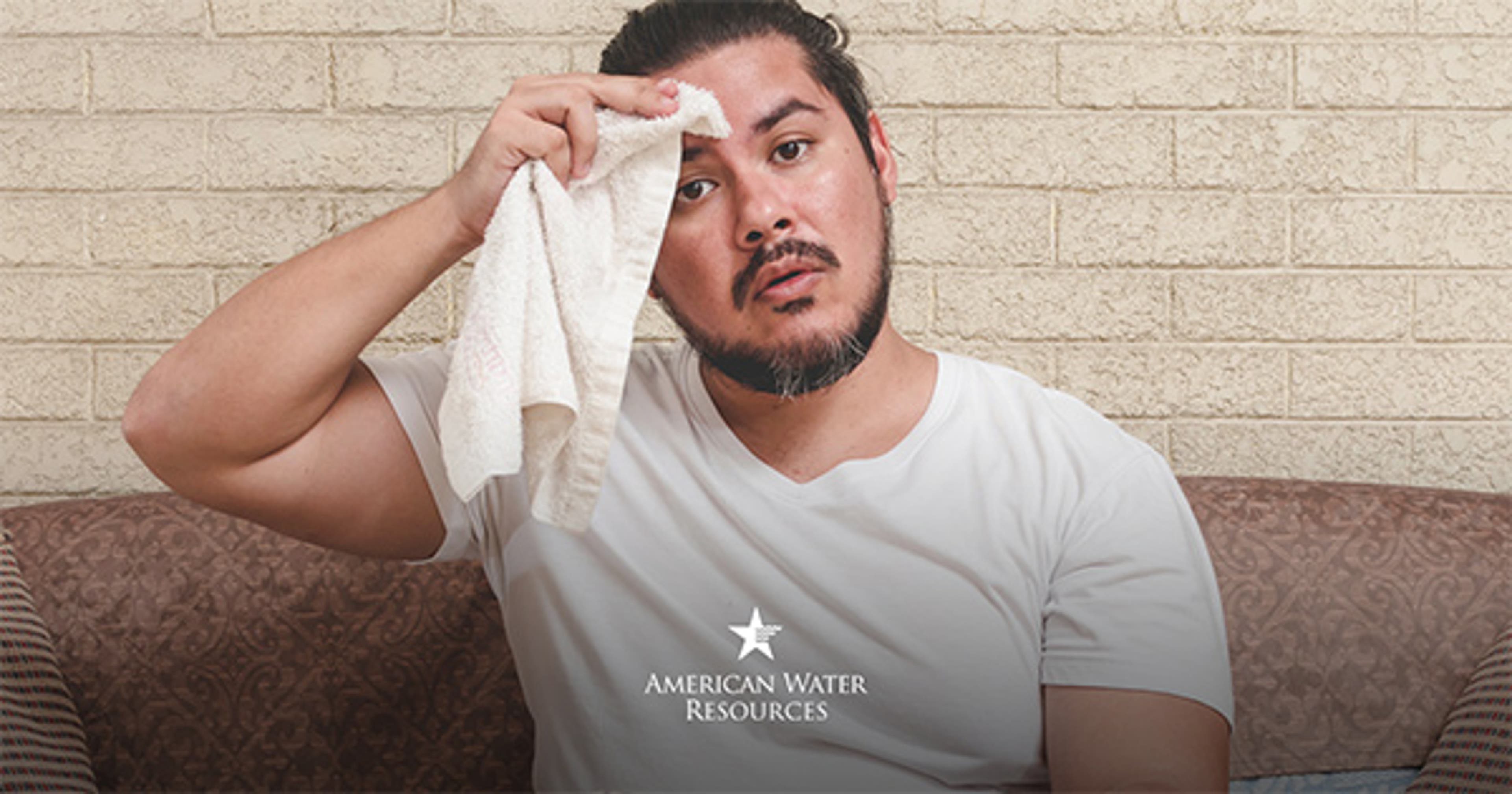Troubleshooting Common AC Problems
If you find yourself in a situation where your AC doesn’t seem to be cooling your home as well as it should this summer, there are some simple troubleshooting steps you can take before calling in a professional.

The temperatures outside can be brutal this time of year, and your family depends on your air conditioner for cool, dependable comfort. When your cooling system is working like it should, everyone’s happy. And when it’s not, you’re going to hear about it.
However, if you find yourself in a situation where your AC doesn’t seem to be cooling your home as well as it should, there are some simple troubleshooting steps you can take before calling in a professional.
Step #1: Check your thermostat.
If your home is warmer than it should be, check your thermostat’s settings. If you’ve got kids in the home, then it probably comes as no surprise that they may have adjusted the thermostat settings while playing with the device, or they may have accidentally hit it with something and changed the settings. Hey, it happens, right? Kids will be kids.
Check that the thermostat is set to “COOL,” and is also set at a reasonable temperature to keep your family comfortable with the hot weather outside. Also, if your thermostat is powered by batteries, make sure they aren’t dead. Week or dead batteries mean a weak signal, or no signal at all, will be sent to your AC to let it know when to turn on or off.
Step #2: Check your vents.
Another easy fix to a home that feels warmer than it should with the AC running is to check all your vents to make sure their air flow isn’t obstructed. Ensure that there isn’t any furniture, rugs, curtains, tables, toys, etc. which could be blocking proper air flow.
Also, ensure the vents are clean and not coated in dust, dirt, and pet hair, which could also be obstructing normal air flow into your room(s). It’s important for you to clean these vents on a regular basis to prevent any buildup.
Step #3: Check your circuit breaker.
If your air conditioner isn’t cycling on at all, you may have a tripped circuit breaker. To check for this, locate your home’s main electrical panel and check for any breakers that aren’t in an “ON” position. Hopefully, your breakers are labeled (if they aren’t, remember to add this to your to-do list) and you’ll be easily able to tell that the tripped breaker is for your air conditioner.
Flip the tripped breaker back into the “ON” position and see if your air conditioner cycles on. If the unit cycles on but the breaker immediately trips again, do NOT attempt to put it back into the “ON” position. Instead, contact a professional electrician as this could be a warning sign of a serious electrical issue in your home.
Step #4: Check your air filter.
Many people make the mistake of not replacing their air filter during the spring and summer since it’s often installed as part of the heating system. However, it’s important to understand that ALL air passing through your home, regardless of if it’s coming from your AC or furnace, goes through the same filter and ducts.
This is why it’s important to replace it regularly — so that the filter doesn’t become full of dirt, dust, pet hair, etc. and prevent air from flowing through it like it should. When your air filter is dirty, your air conditioner doesn’t just have trouble moving cool air through your home, but it can also cause the unit to work overtime trying to maintain the temperature set on your thermostat. When this happens, it may cause premature wear and tear and, ultimately, an unexpected breakdown.
If you aren’t sure which replacement air filter to buy, take a picture of the old one and make sure you get a close-up of the specs, which are usually printed on the filter’s frame. You can use this information to buy a replacement online or in your local home store.
Step #5: Check your condenser.
The condenser is the part of your air conditioning system that’s outside your home. It’s important to let this part of your AC “breathe” — keep two feet minimum clearance around the unit. This means that tree limbs, bushes, and other growth on your property need to be cut back so that proper air flow can go into and out of the system. Additionally, do NOT use your condenser as an outdoor table or a place to prop up bikes, lawn furniture or other equipment.
Also, you should routinely rinse the condenser so that debris and dirt don’t build up in and on it. When you don’t keep this system clean, you may notice warm air coming out of your vents even when the AC is running at full blast. Or you may notice that your AC has a difficult time efficiently cooling your entire home. Failure to get this problem taken care of now could ultimately result in expensive breakdowns of your unit — and an uncomfortable family!
When the above steps fail…
Contact a professional cooling technician for assistance. They’ll be able to diagnose the root cause of the issue and get it taken care of so your family doesn’t have to suffer any longer in a hot, humid home!
Want more helpful homeowner tips?
Visit our blog archive to see other homeowner tricks, tips, and advice. Interested in our warranty plans? Enter your ZIP code on our site to see which protection programs are available in your area. Remember, we are available 24/7 by phone. And our chat representatives are available during standard business hours — you can get the conversation started by clicking the “Live Chat” tab on the side of the page.